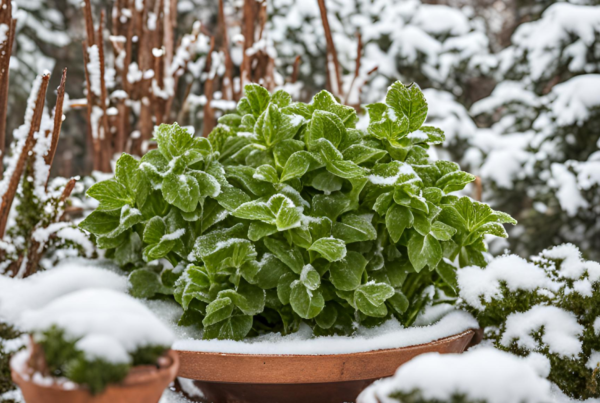In today’s world, where urban spaces are shrinking and outdoor areas are often limited, vertical gardening emerges as a brilliant solution for those who yearn for a green oasis. This innovative gardening technique allows you to grow plants vertically, utilizing walls, fences, trellises, and other structures to maximize space and create a stunning living tapestry. Whether you have a sprawling balcony, a cozy patio, or just a sunny windowsill, vertical gardening offers endless possibilities for cultivating a beautiful and productive garden, no matter how small your space may be.
The Appeal of Vertical Gardening: Benefits Beyond Space-Saving
While the space-saving aspect of vertical gardening is undoubtedly its biggest draw, there are several other advantages that make it an attractive option for gardeners of all levels:
- Aesthetic Appeal: Vertical gardens add a unique and eye-catching dimension to any space. The lush greenery and vibrant colors of cascading plants can transform plain walls into living works of art.
- Improved Air Circulation: By lifting plants off the ground, vertical gardens promote better air circulation, reducing the risk of fungal diseases and pests.
- Accessibility: Vertical gardens can be designed to be accessible to gardeners of all abilities, including those with mobility limitations. Raised beds and vertical planters make it easier to tend to your plants without bending or kneeling.
- Microclimate Control: Vertical gardens can create a microclimate, providing shade and humidity for plants that thrive in such conditions.
- Urban Greening: Vertical gardens help to combat the urban heat island effect by providing shade and increasing greenery in concrete jungles.
Exploring Vertical Gardening Structures: A World of Possibilities
The beauty of vertical gardening lies in its versatility. There is a wide array of structures and systems available to suit different spaces, budgets, and plant types:
- Trellises: Trellises are versatile structures that can be freestanding or attached to walls and fences. They provide support for climbing plants like cucumbers, tomatoes, beans, and flowering vines trellis with climbing plants
- Hanging Baskets: Hanging baskets are a classic and charming way to add greenery to balconies, patios, and porches. They are perfect for trailing plants like strawberries, petunias, and herbs. Hanging Baskets with plants
- Living Walls: Living walls are large-scale vertical gardens that cover entire walls or fences with plants. They create a stunning visual impact and can be used to grow a wide variety of plants, including edibles, ornamentals, and even succulents Living Walls with plants
- Pocket Planters: Pocket planters are fabric or plastic pouches that can be hung on walls or fences. They are ideal for growing herbs, strawberries, and other shallow-rooted plants.Pocket Planters with plants
- Upcycled Containers: Get creative with upcycled materials like pallets, gutters, or old ladders to create unique and sustainable vertical gardens.
Choosing the Right Plants: Selecting Winners for Your Vertical Garden
When selecting plants for your vertical garden, consider the following factors:
- Sunlight Requirements: Choose plants that thrive in the amount of sunlight your space receives.
- Growth Habit: Select plants with a climbing or trailing habit that will naturally grow upwards.
- Mature Size: Ensure your chosen plants won’t outgrow their containers or structures.
- Watering Needs: Group plants with similar watering needs together to simplify maintenance.
- Aesthetic Appeal: Consider the colors, textures, and shapes of the plants to create a visually pleasing display.
Tips for Successful Vertical Gardening
To ensure your vertical garden thrives, follow these essential tips:
- Quality Soil: Use a well-draining potting mix specifically designed for container gardening.
- Watering: Water regularly, especially during hot weather, but avoid overwatering. Check the soil moisture before watering.
- Fertilizing: Feed your plants with a balanced liquid fertilizer every few weeks to ensure healthy growth.
- Pruning and Training: Regularly prune and train your plants to maintain their shape and encourage upward growth.
- Pest and Disease Control: Keep an eye out for pests and diseases, and address them promptly with organic solutions if possible.
Conclusion
Vertical gardening is a fantastic way to bring nature into your life, regardless of the size of your outdoor space. It allows you to grow your own food, create a beautiful sanctuary, and connect with the natural world. By following these tips and experimenting with different structures and plants, you can transform any vertical surface into a flourishing garden. So, embrace the possibilities of vertical gardening and watch your creativity and plants grow upwards!










